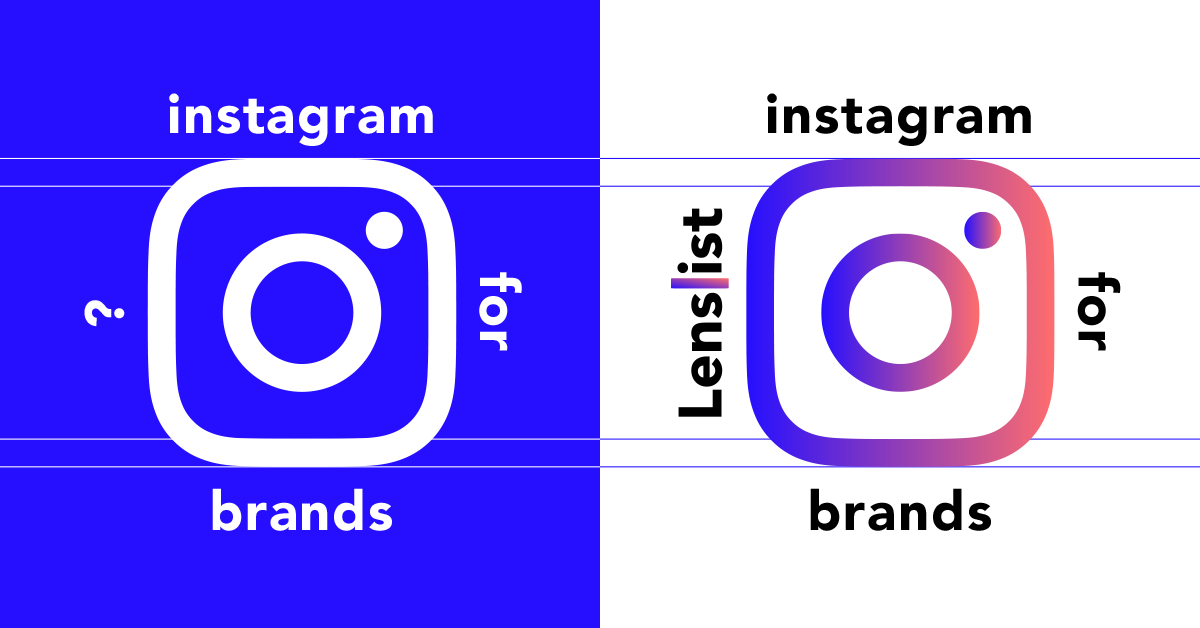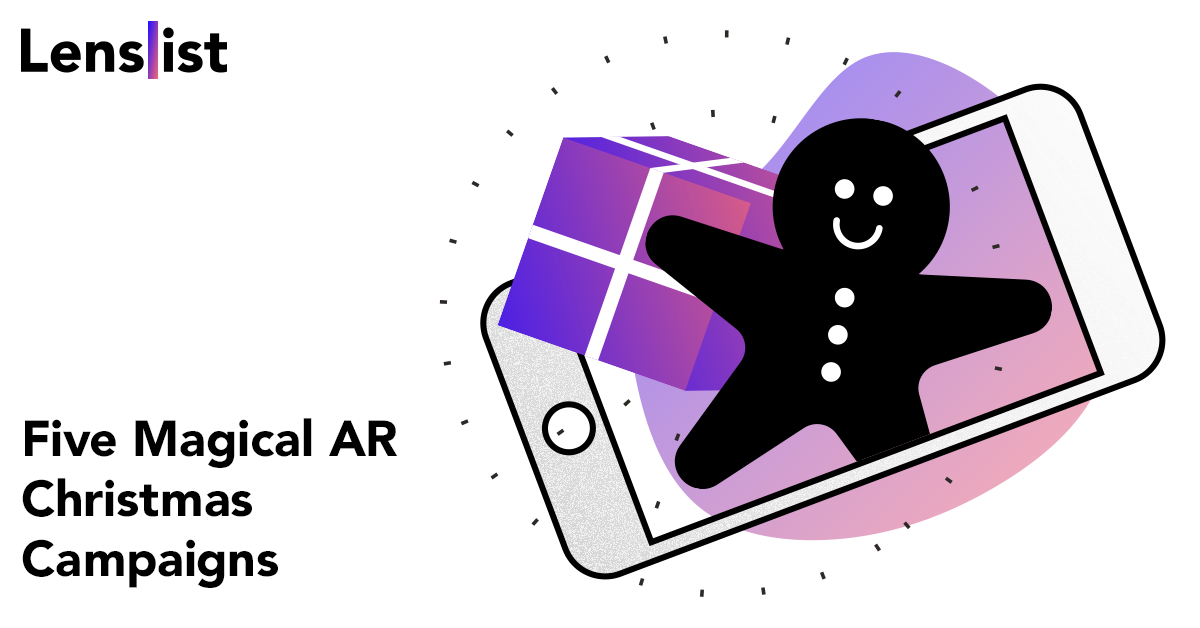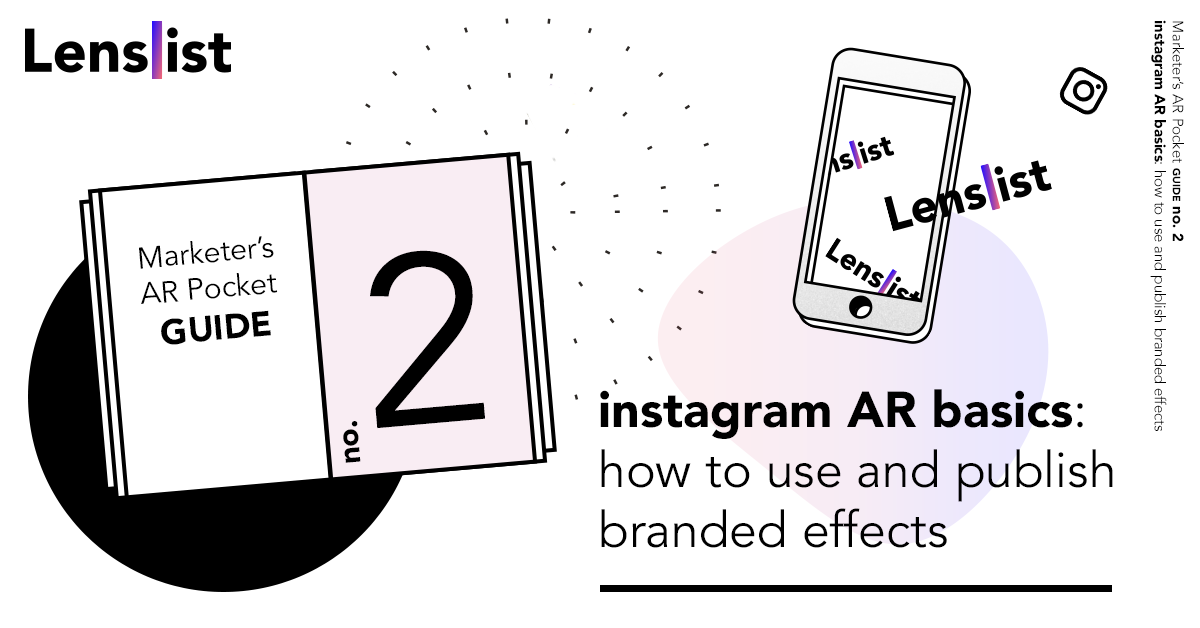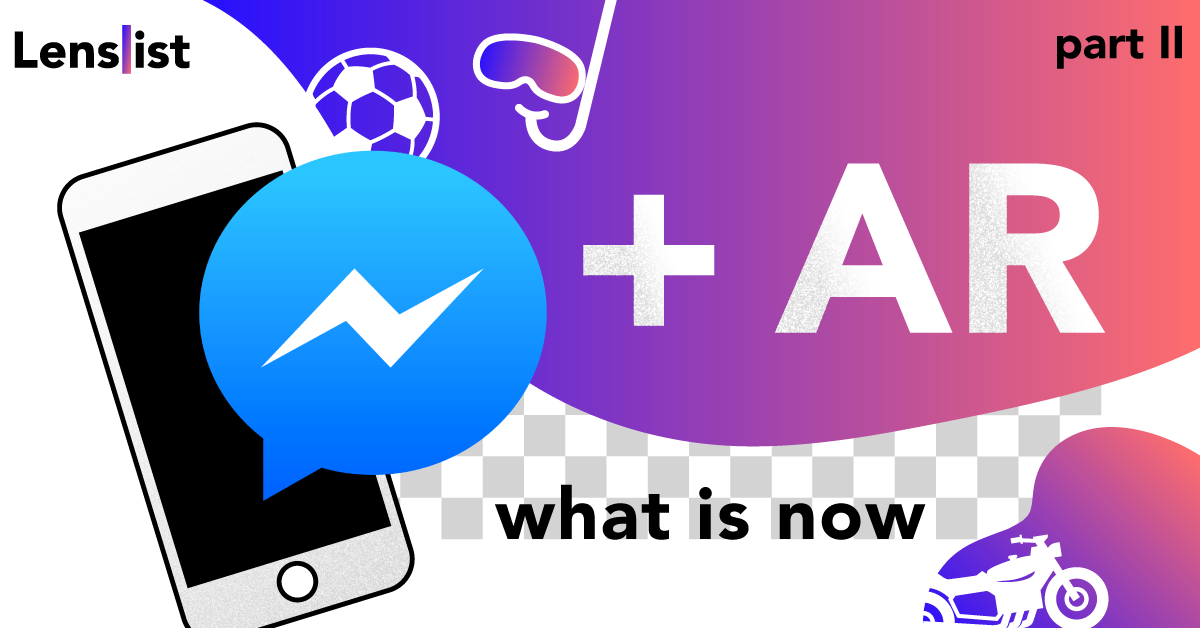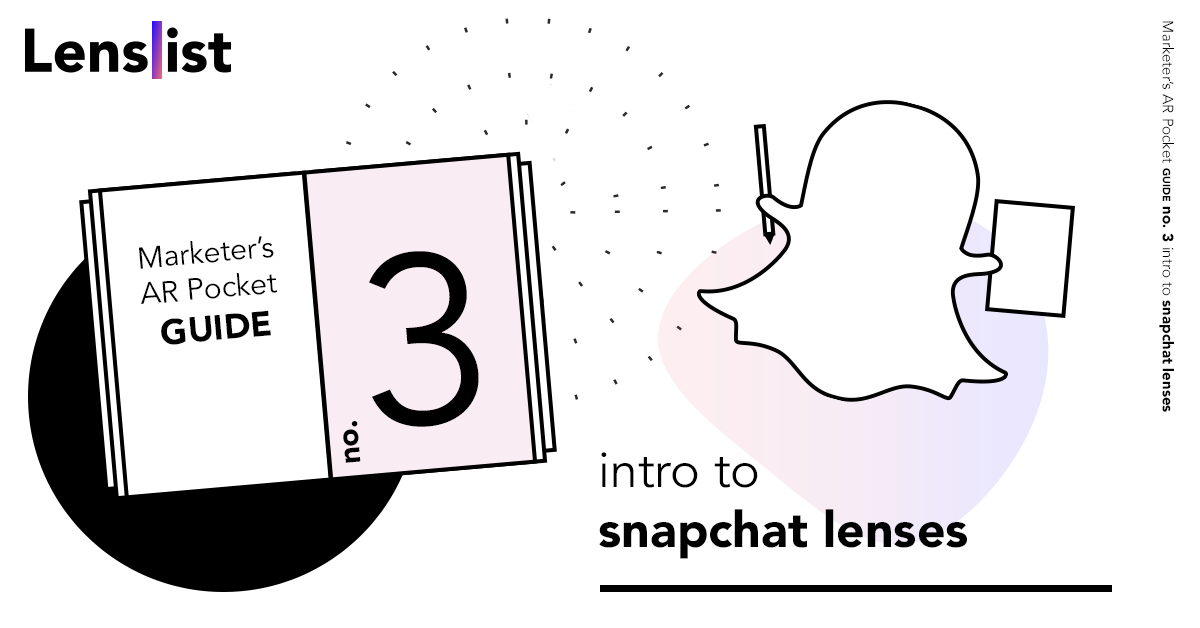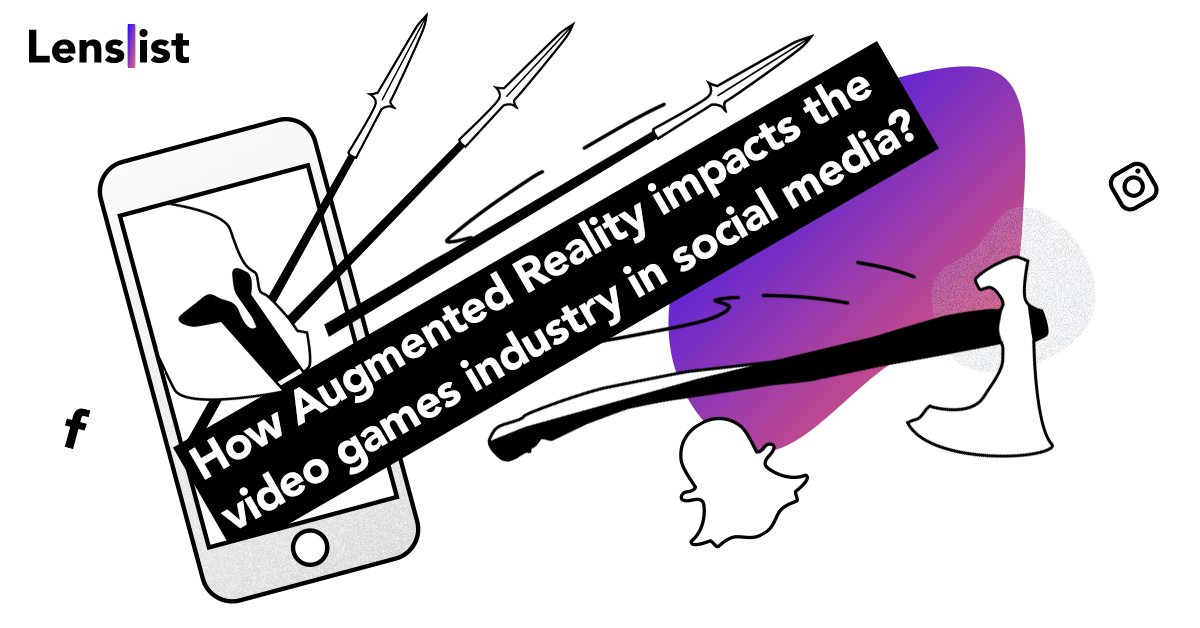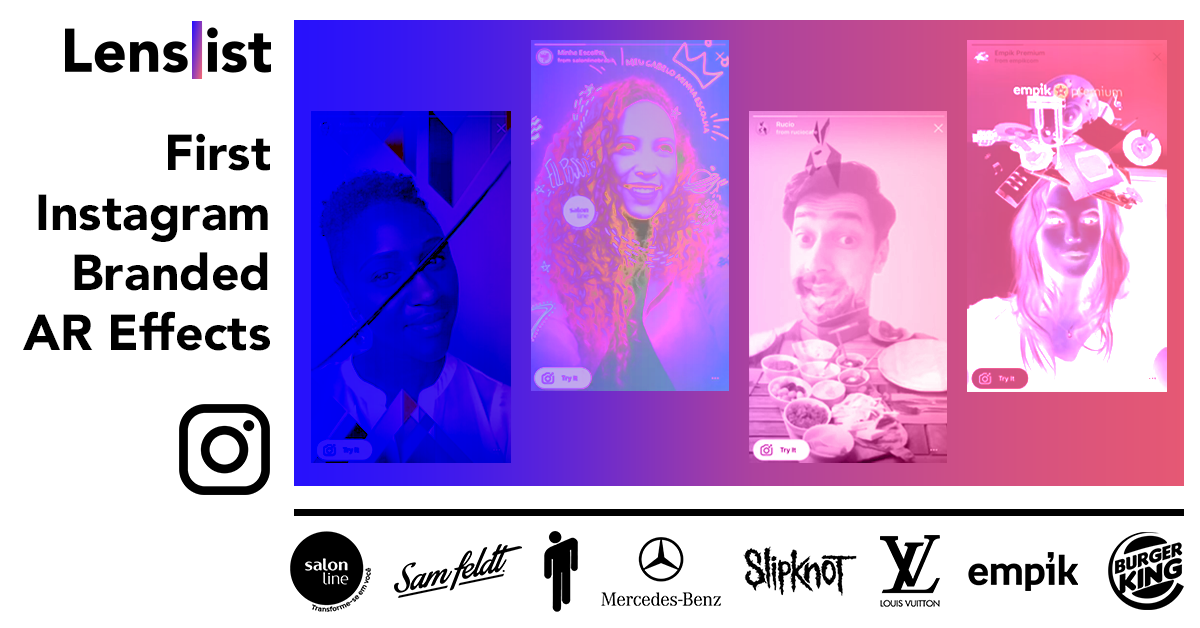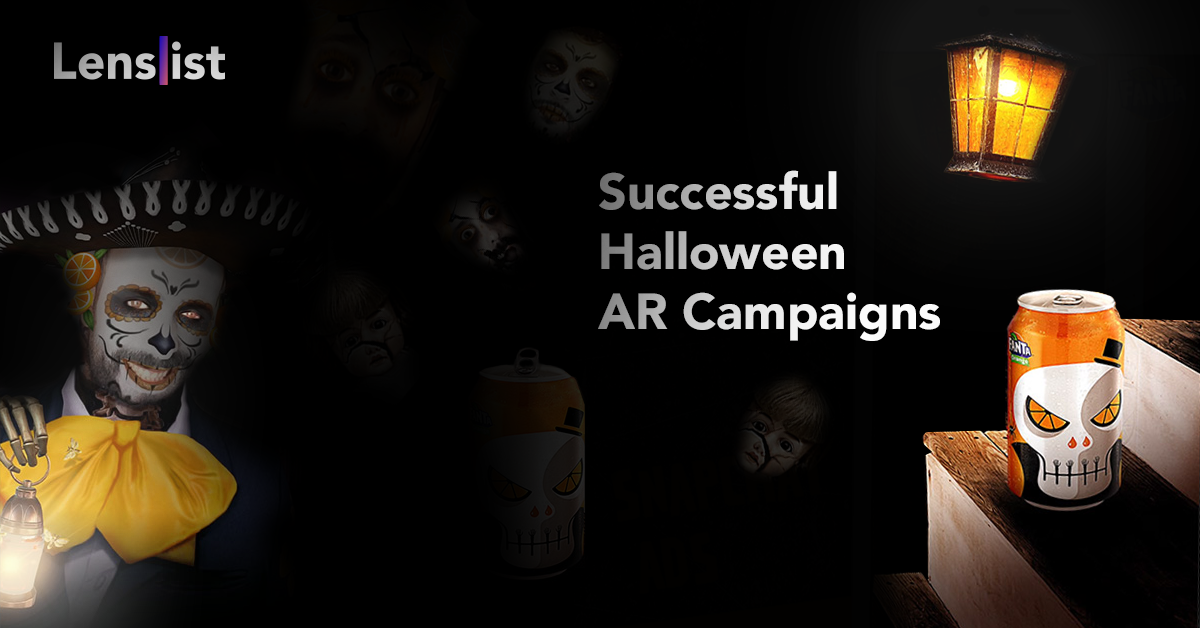Augmented Reality in 2019: Was the Past Year A Breakthrough?
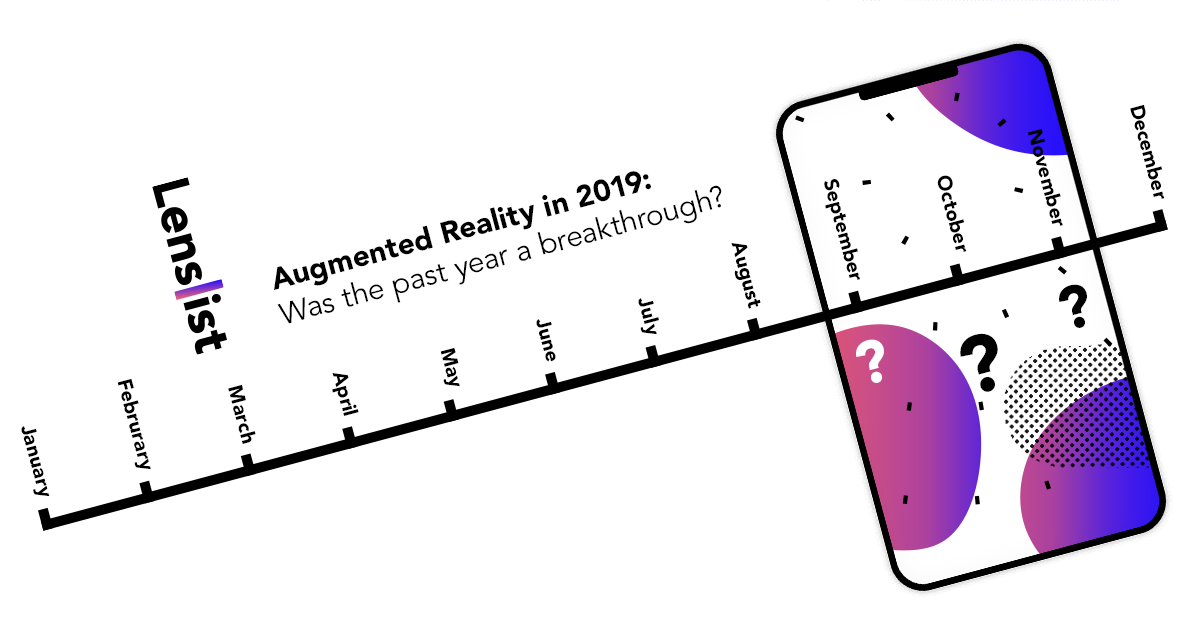
To answer this question, we run through last year’s press and through our own blog posts, dug into our own experiences from managing Lenslist database, and took an overall look at what happened during 2019 when it comes to social media AR.
2019: The Year of the New Functionalities
Both Snapchat’s Lens Studio and Facebook’s Spark AR are updated constantly, and the most anticipated changes are those involving new Augmented Reality functionalities which give AR creators the new possibilities for effect’s users to interact with them. Snapchat’s highlight moment was in April, with the launch of Lens Studio 2.0. It introduced the new Landmarkers AR technology, which enables you to place 2D and 3D content onto a set of real-world landmarks. Throughout the year, Snapchat also managed to add more templates to make creating lenses easier and added more famous buildings to be recognized and augmented as Landmarkers. They also ended the year on a heavy note, launching Material Editor and Face Mesh in the December release of Lens Studio.
When it comes to new functionalities coming to the Spark AR, they were announced, as usually, during F8 Conference, which took place on the break of April and May. Everything that was said there about AR was covered by Lenslist in this article. Not everything announced there has come to Facebook and Instagram yet, but it appears that they’re going to stick to their word in most aspects. AR music, body segmentation and multi-effect launcher are already here. It is target tracking on Instagram, though, which caught the most attention upon its release during last Fall. Check out the first examples of using it here.
2019: The Year of Instagram
Till this point, we’ve talked about the changes visible inside AR effects. But, to be honest, 2019 wasn’t about taking the technology to another level. The most significant changes were aimed at democratising mobile AR – and it took place especially on Instagram. Firstly, Instagram AR beta has been opened for all, including brands. In the same time, when it comes to creators, Spark AR has become available on Windows and has been made much easier to learn for beginners. Lastly, an Instagram app has been almost perfectly adapted to serve as an AR medium. It makes it easy for users to discover and try AR effects while still maintaining AR creators as the true authors of the effects who became worthy to follow them.
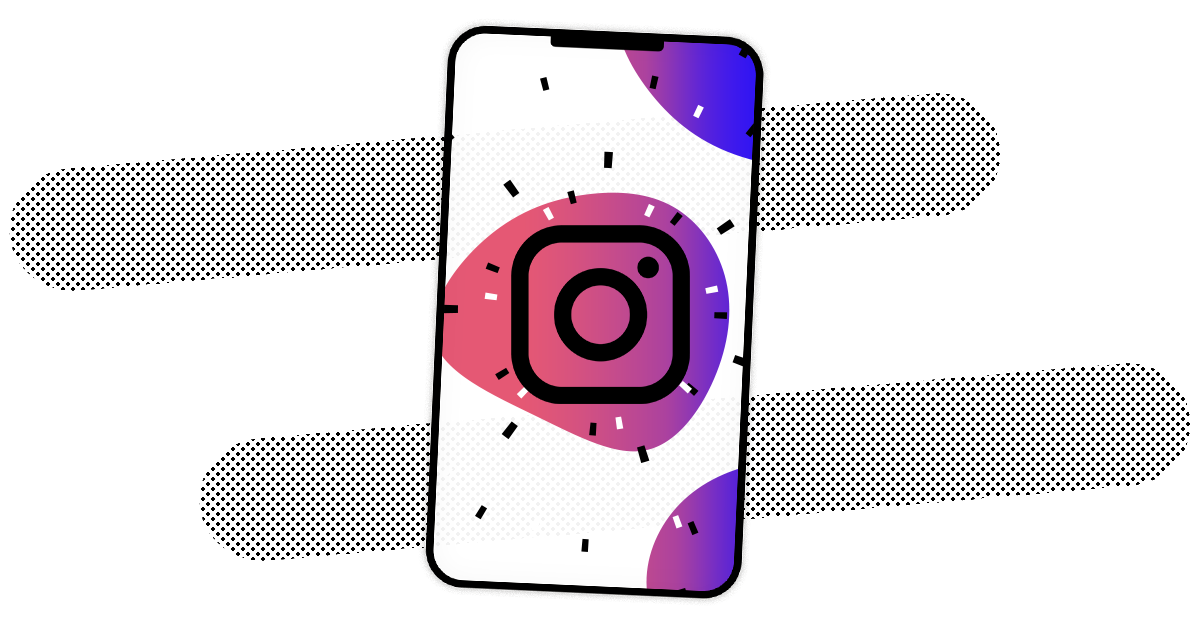
2019: The Year of Promotional AR
We believe that these three steps caused the unprecedented avalanche of new AR material, including a huge (and, to be frank, expected) boom when it comes to promotional AR effects.
While Snapchat’s popularity is only regional, Facebook is just not camera-focused enough and the new platforms like Tik-Tok aren’t so trustworthy when it comes to marketing, Instagram remains a global platform perfect for promotional AR campaigns. This has become evident for us at Lenslist when, during one of December’s weekends, we found… over 50 new branded Instagram AR effects! It looks like, finally, AR marketing has taken off. We’re not saying that Snapchat is not relevant anymore, but this is Instagram which spread wings over the last twelve months. And the cherry on top is, released at the end of the year, new AR ads format finally available on Facebook!
So, for these reasons, we name 2019 the year of Instagram and promotional AR!
And we’re extremely curious where the Augmented Reality competition between Snapchat and Facebook will take us during this starting 2020.
Marketer’s Selection from Lenslist Blog

